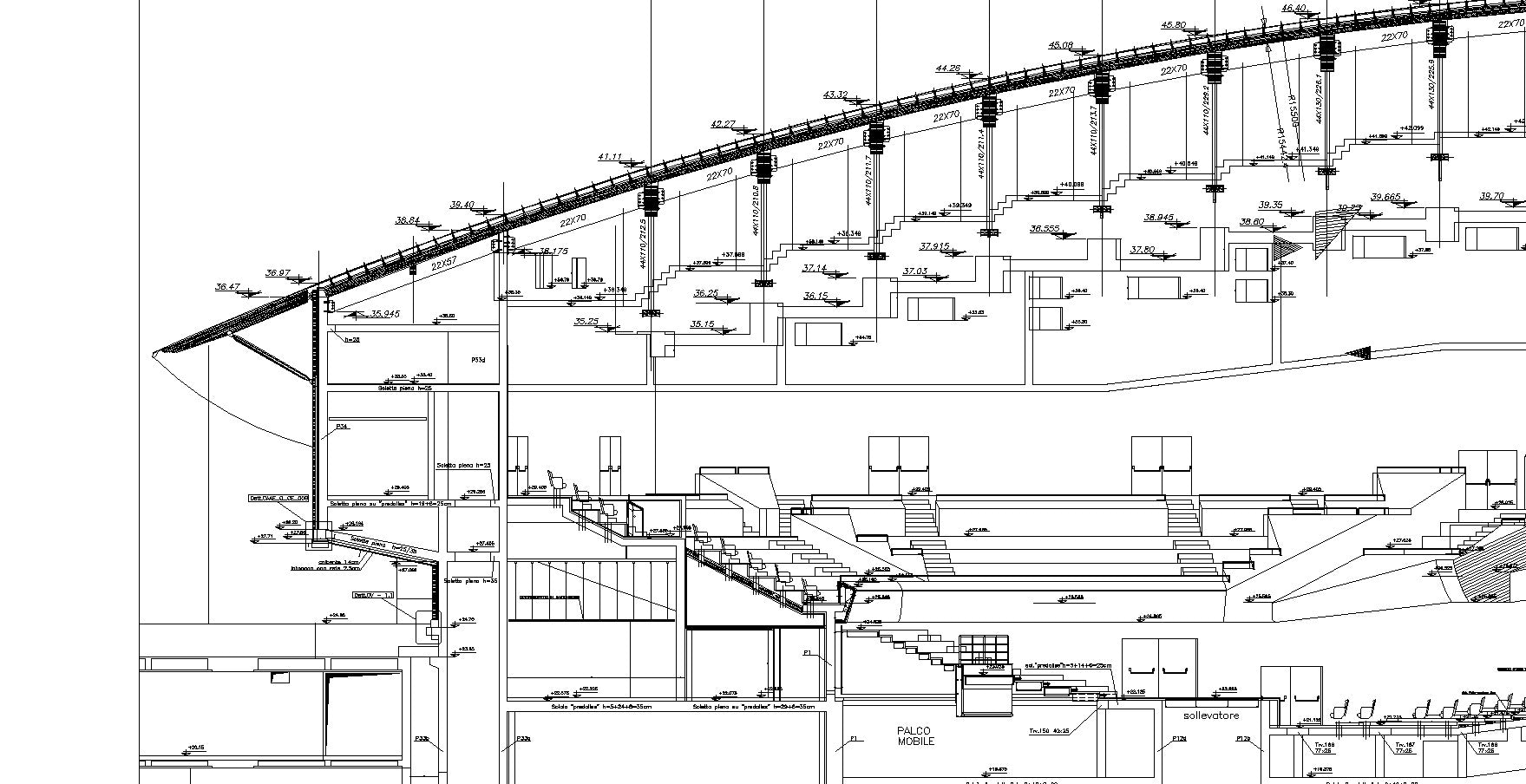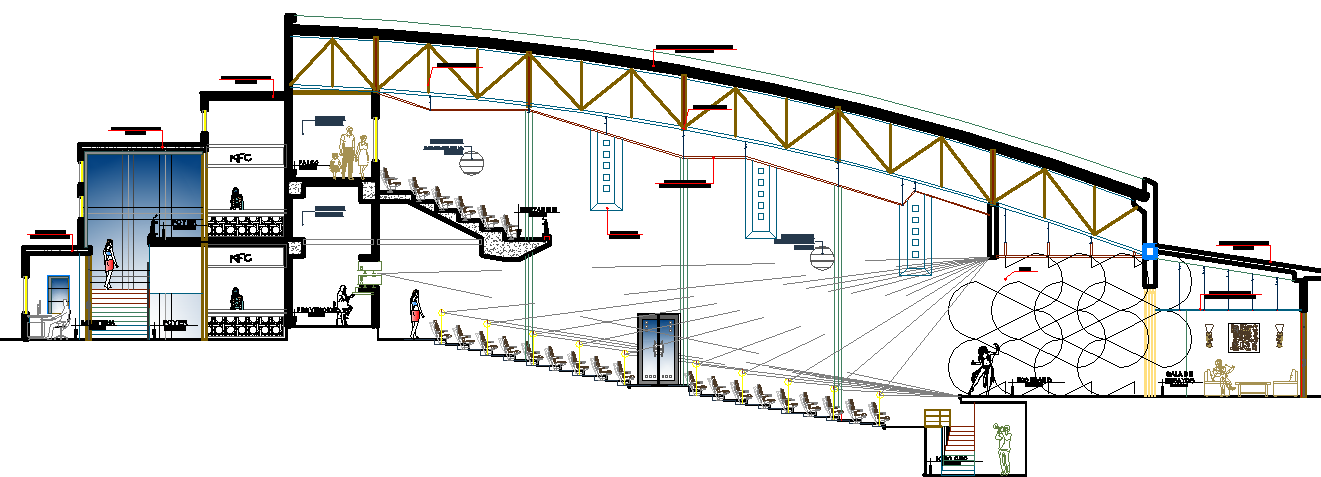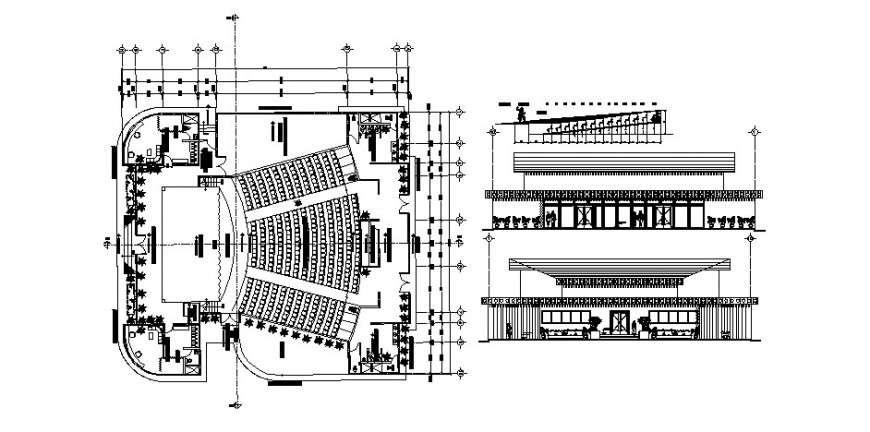



Since most people are first timers they probably run into the same issues as me thinking that the main floor has great views but then find it to be less than ideal. At the Kimbell, the new building, referred to as the Piano Pavilion, houses gallery spaces, a 298-seat auditorium, classrooms, the education department offices, an expanded library, art preparatory areas and storage, a café, and a gift shop. This was my first time at the Ryman Auditorium and I didn't realize how different the views could be in such a small venue. "Probably Better Options" (Section 2) - ★ ★.Luckily we were able to move to some other empty seats or it would have been pointless. Really don’t even think they should sell seats with this view. Couldn’t see the backdrop or drum set at all. For this reason, balcony seats are a great option in alternative to the back rows on the main floor. While the stage is in clear view for most seats, the overall experience of the Ryman beauty is minimized. If you are someone who prefers not to walk far to your seats or will need to head out to the lobby frequently sections 7 and 8 are nearest to the exit whereas sections 1-2 are a much longer walk. Toward the back of all main floor sections the view becomes very condensed due to the balcony overhang.
#Auditorium section perspective how to#
All seating is pew style which will be a tight fit for some. There is only one way in and one way out of the auditorium. This tutorial will show you how to create a basic section perspective view in Revit. There will be an angle for some of the seats, but for most shows it will not impact the viewing experience. The best side seats are in rows B-M in sections 1-7. Similar to the seats center sections it is best to be located in the front half of the side sections. You’ll find a list of more than 80 products, along with their reviews, ratings, and more.There are four side sections 1-2 and 7-8. Among its many shortcomings was the fact that the orchestra seating was temporary, routinely removed to make an arena for boxing, wrestling, and the annual Holiday on Ice.
#Auditorium section perspective software#
If you’re an architect looking to purchase design software, we recommend checking out Capterra’s architecture software directory. The predictable result of the renovation was an unattractive 5200-seat barn. During the planning stage it is critical to seek the assistance of a local licensed architect and, depending on the size and complexity of the room, consultation with a theater consultant may be appropriate. In almost every case the seating-as well as the materials used in an assembly space-must comply with certain fire codes.įinally, sightline studies should be conducted and these studies along with compliance of egress codes will, to a great extent, determine the seating layout. This will allow for a general idea of the size of the room.Ĭonsult local egress codes to determine the required number/locations of exits, aisle locations and clear width, and back-to-back row spacing.ĭetermine what fire codes are in effect. The Stalls provide some of the best views of the stage, with the section.

If you have no experience designing an auditorium space and you’re asking, “What are the basic next steps to take?” then we’ll leave you with a quote from Mario Pimenta, who is competent in architecture and well versed in auditorium layouts:įigure out the desired capacity of the room-how many seats are required?Īssign a generic space requirement for each seat-this varies-but ten square feet per chair would probably be adequate for most layouts. The current auditorium seats around 1160 people across four separate seating.


 0 kommentar(er)
0 kommentar(er)
